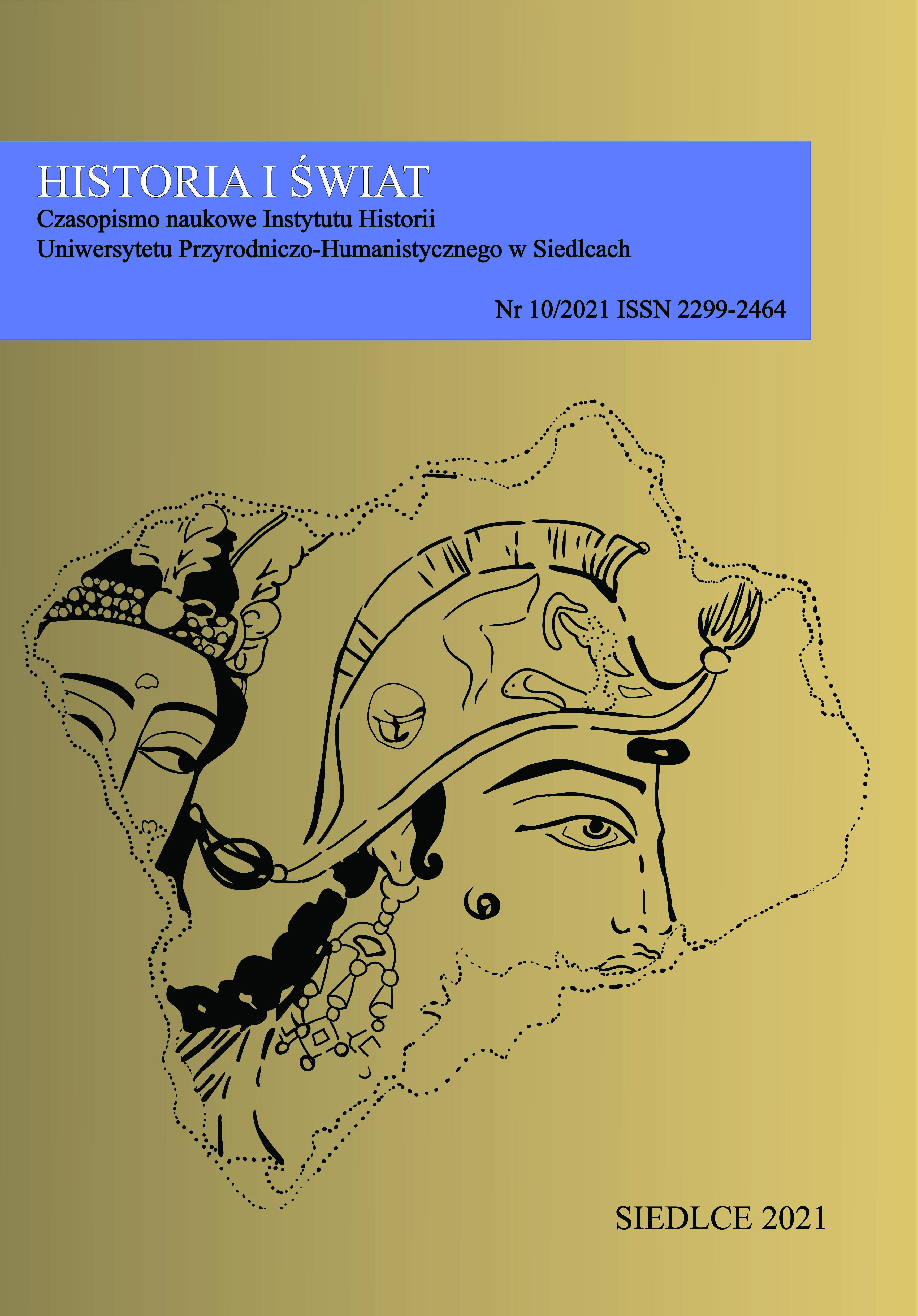Religion, Conflict and Continuity in the Early Sasanian Period
DOI:
https://doi.org/10.34739/his.2021.10.02Słowa kluczowe:
Sasanians, Ardashir I, Shapur I, Kerdir, Mani, religion, pre-islamic IranAbstrakt
This article investigates the relationship between historical/religious memory and the perception of power in the early Sasanian period, and analyses how dynastic reflexes are formulated by religion/tradition in the new system within the context of Ardashir, Kerdir and Mani. It asserts that we can discover the relationship between the Sasanian elites and religion if we understand the factors that mobilised and remodelled their historical memories. Based on these factors, it proposes that the natural relationship established by the Sasanian dynasty during the state-building phase was fuelled by historical/traditional factors rather than by conscious political factors. Thus, the inherent links between
the representatives of power and the religious tradition in the reign of Ardashir, founder of the Sasanian state, have been consciously politicised since the reign of Shapur I.
Pobrania
Pobrania
Opublikowane
Jak cytować
Numer
Dział
Licencja
Prawa autorskie (c) 2021 Historia i Świat

Utwór dostępny jest na licencji Creative Commons Uznanie autorstwa – Bez utworów zależnych 4.0 Międzynarodowe.




